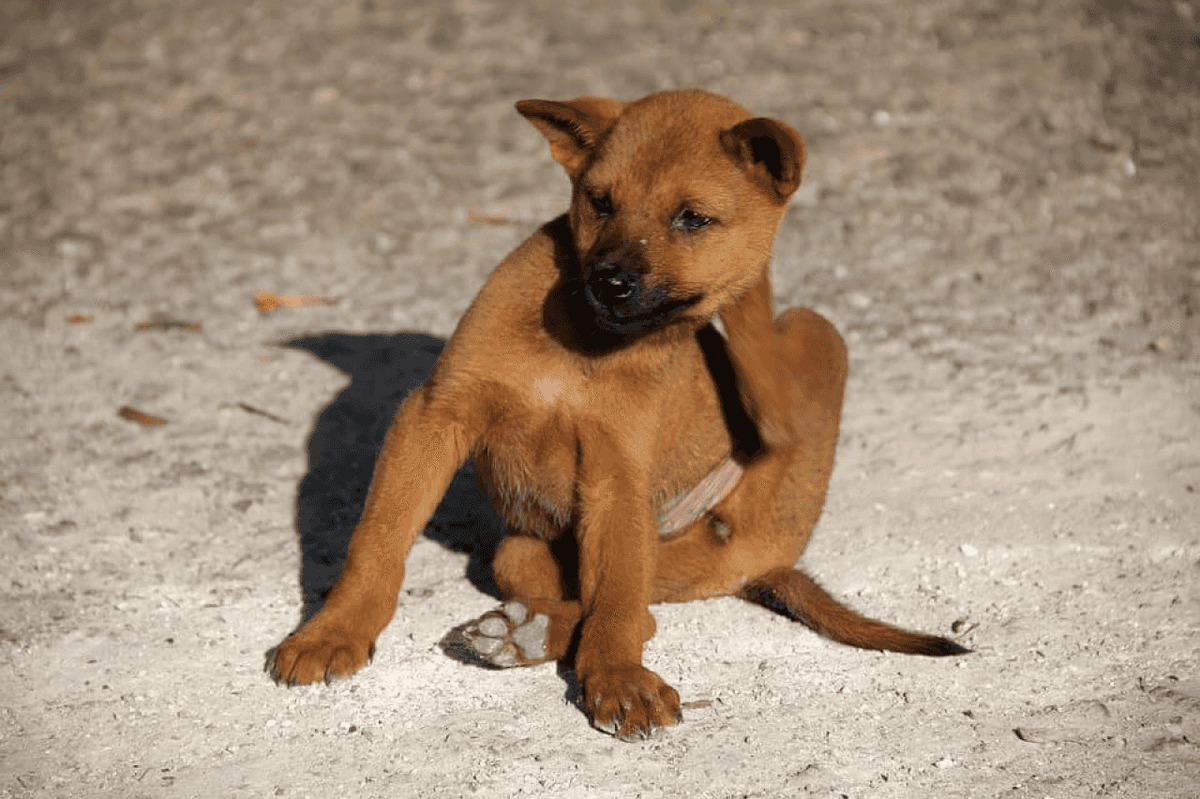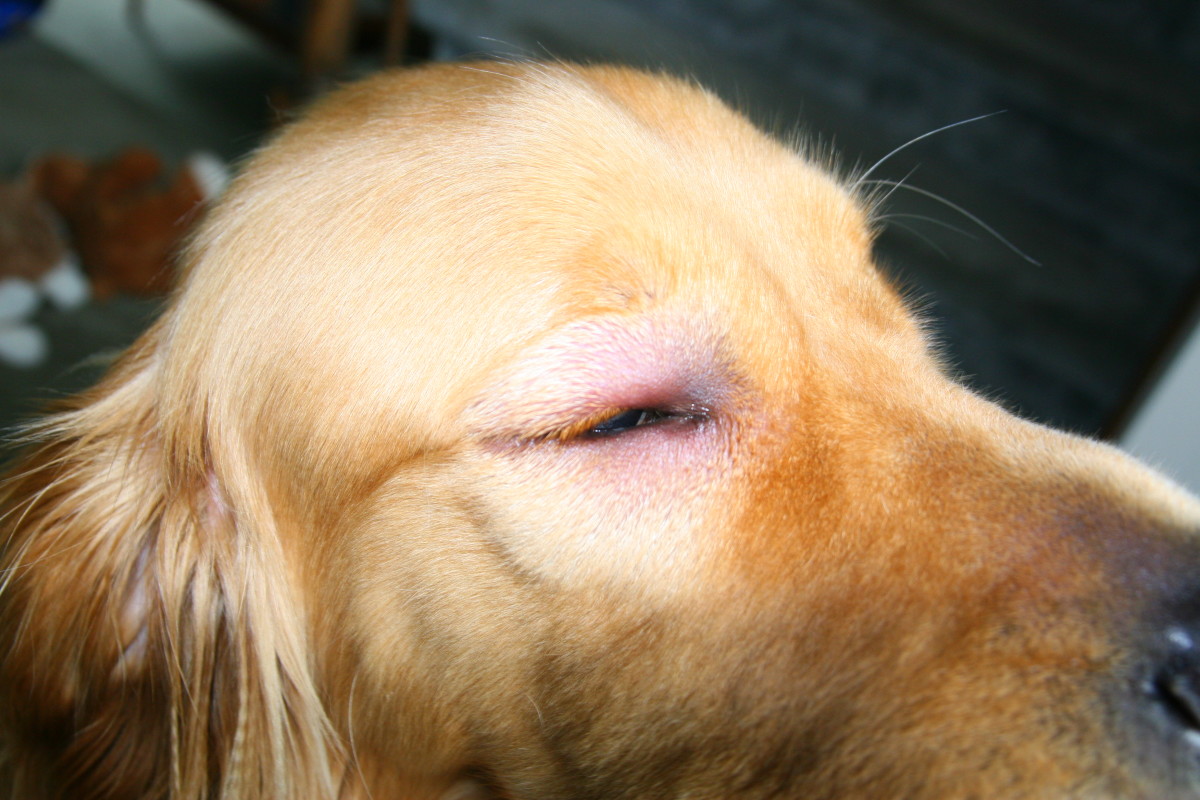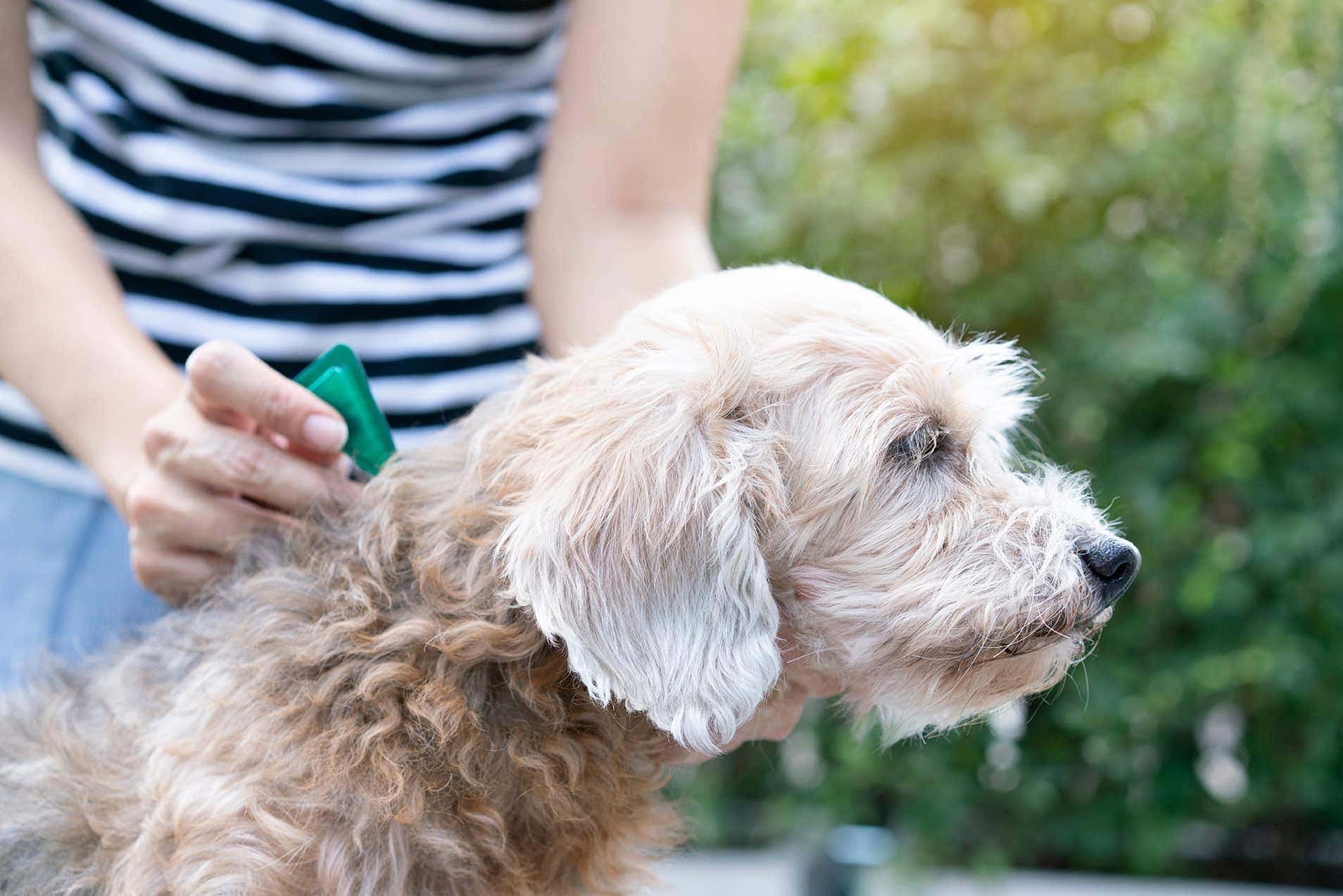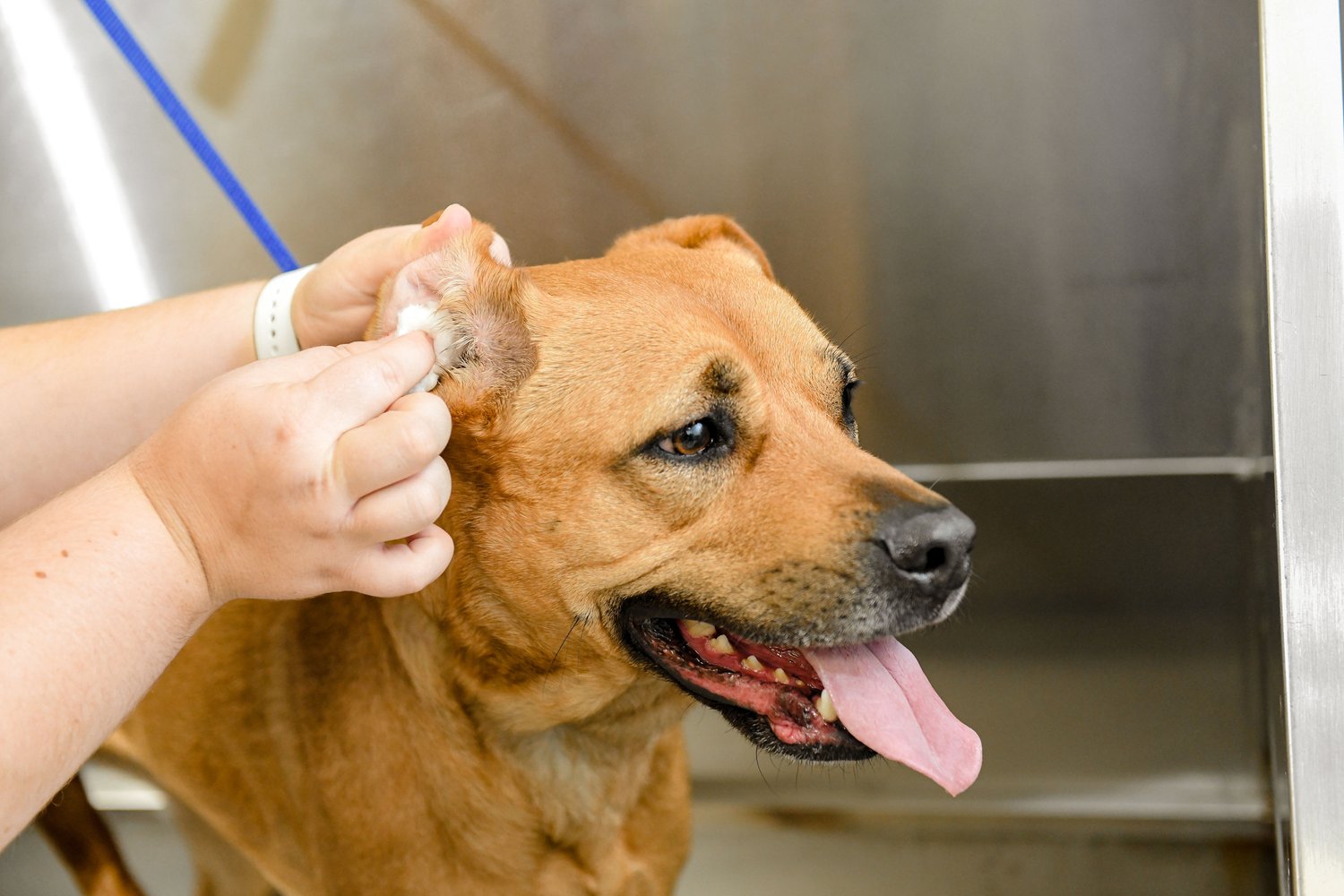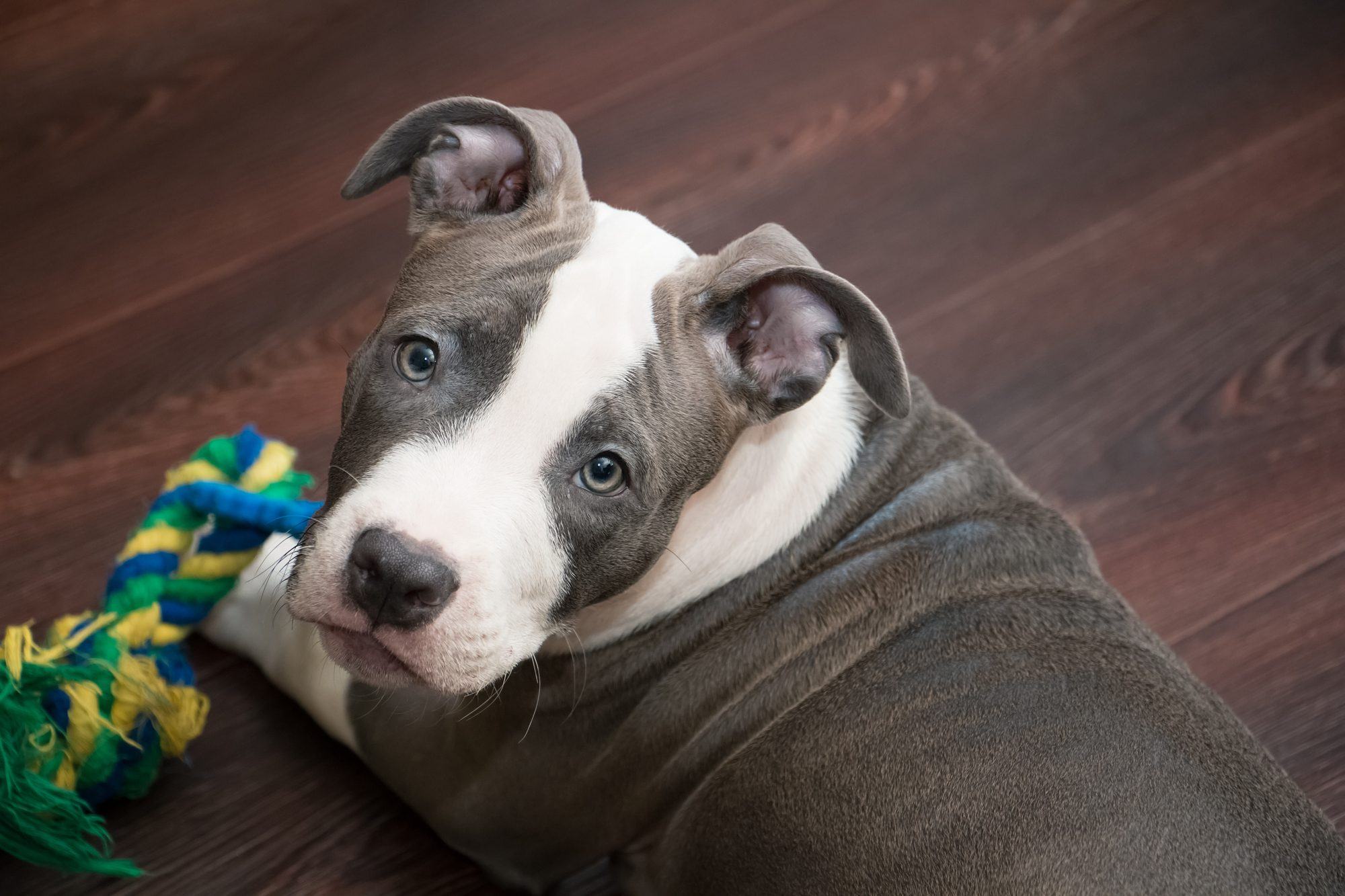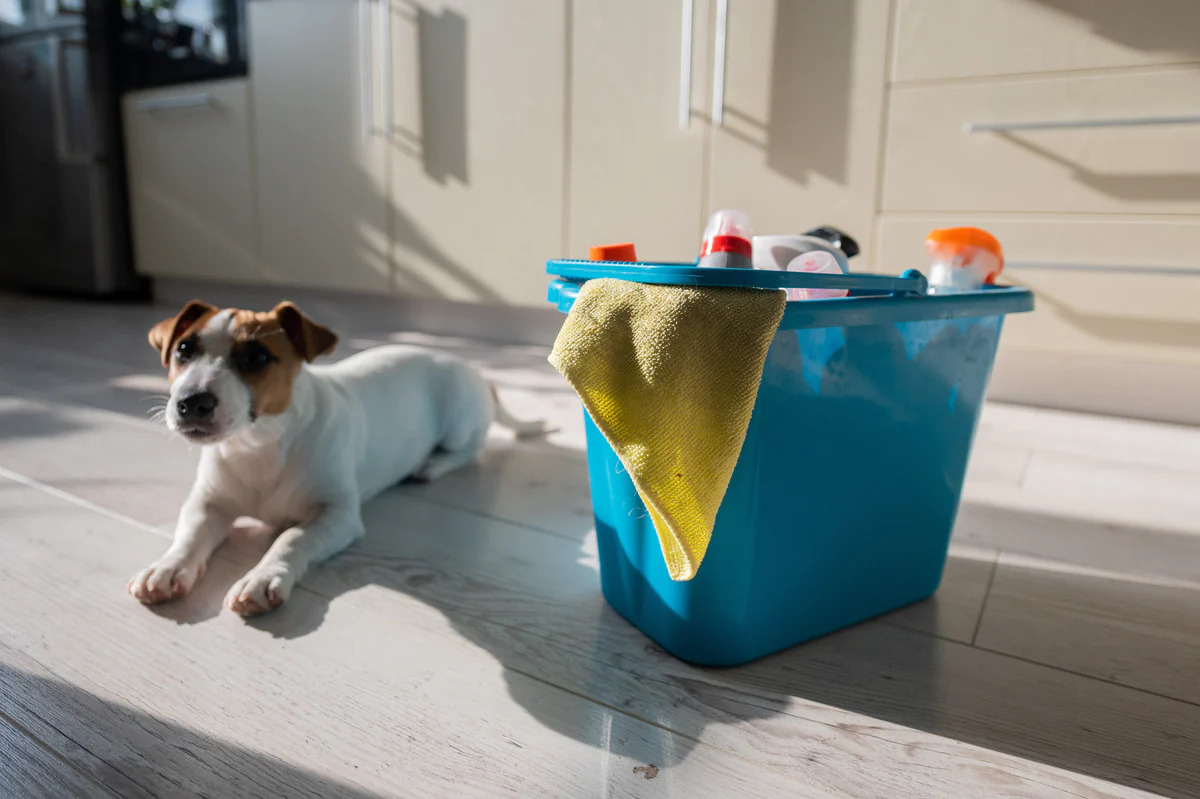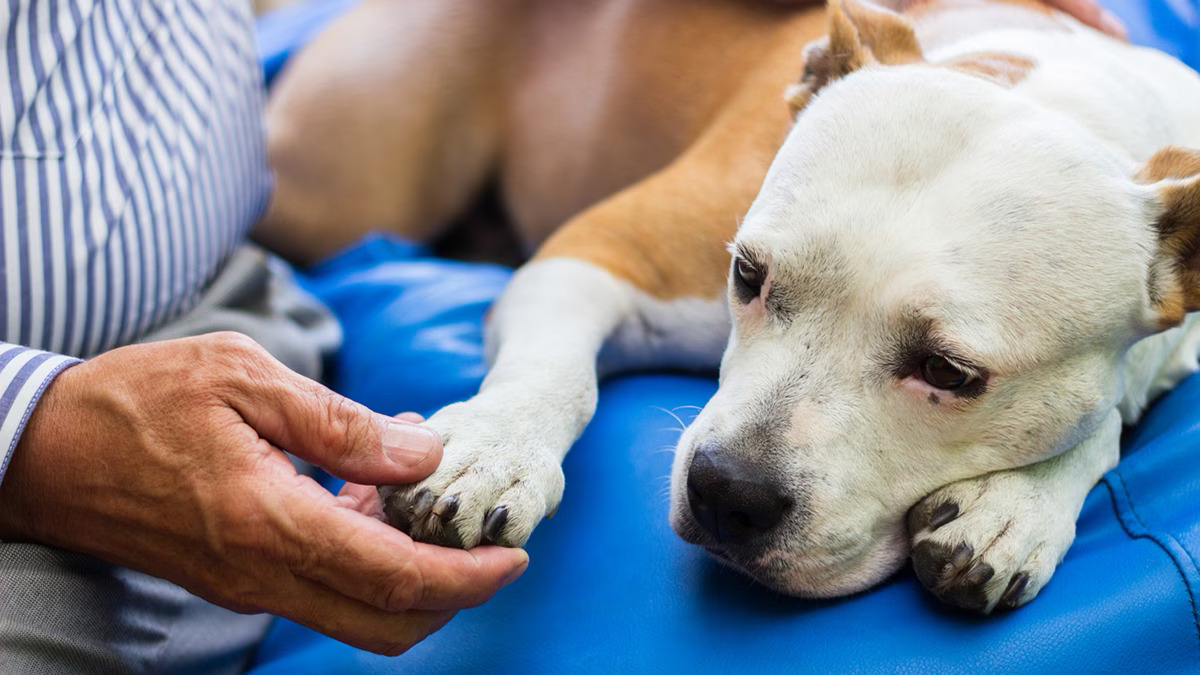Home>Health & Wellness>Common Health Issues>What Should You Do If You Are Allergic To Dogs And There Is A Dog On Your Airplane
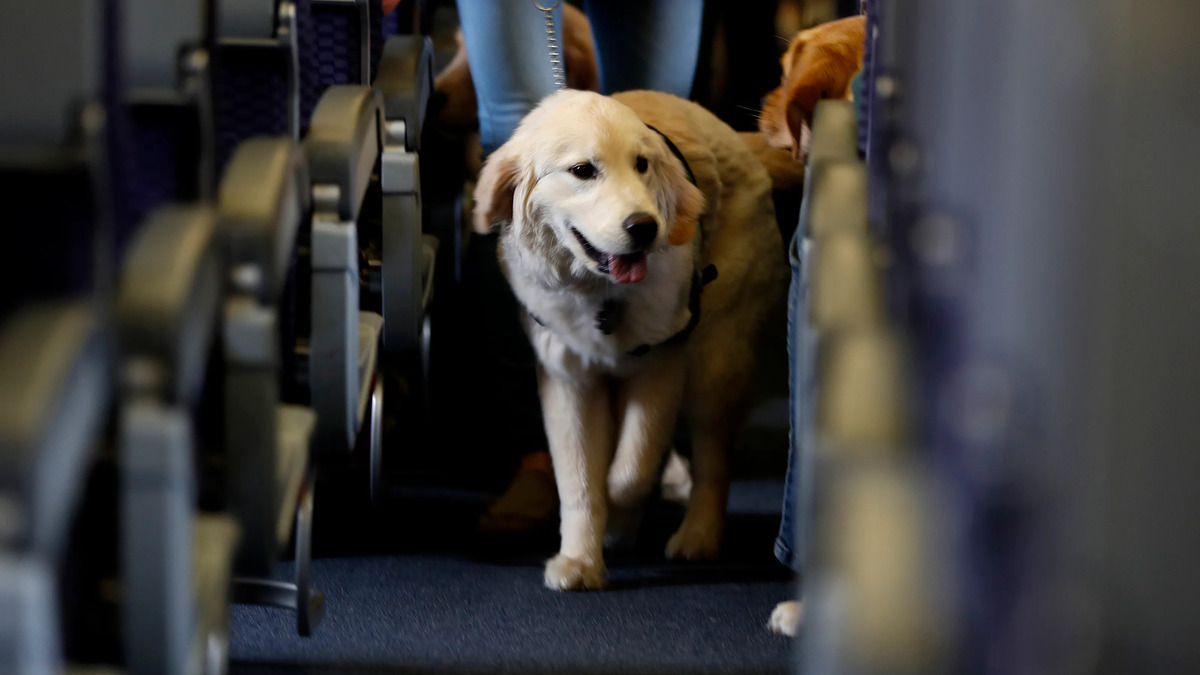

Common Health Issues
What Should You Do If You Are Allergic To Dogs And There Is A Dog On Your Airplane
Published: January 25, 2024
If you have allergies to dogs and encounter one on your flight, learn how to manage common health issues related to pet allergies while traveling.
(Many of the links in this article redirect to a specific reviewed product. Your purchase of these products through affiliate links helps to generate commission for Pawsomeoldies.com, at no extra cost. Learn more)
Table of Contents
Introduction
Dealing with allergies can be challenging, especially when you find yourself in a situation where you are exposed to the allergen. For individuals allergic to dogs, encountering a dog on an airplane can be particularly distressing. The confined space and recirculated air in an aircraft can exacerbate allergy symptoms, making the situation even more daunting. However, with the right knowledge and preparation, it is possible to navigate this scenario and minimize the impact of dog allergies during a flight.
In this article, we will explore practical strategies for managing dog allergies when there is a dog on your airplane. From understanding the nature of dog allergies to preparing for the flight, communicating with the airline, and managing allergy symptoms during the journey, we will provide valuable insights to help you navigate this challenging situation. Additionally, we will discuss post-flight measures to address any allergic reactions that may occur.
By equipping yourself with the necessary information and proactive measures, you can approach this situation with confidence and ensure a smoother travel experience, even in the presence of a dog on the airplane. Let's delve into the details of understanding and managing dog allergies in the context of air travel.
Understanding Dog Allergies
Dog allergies are a common occurrence, affecting a significant portion of the population. These allergies are typically triggered by proteins found in a dog's dander, saliva, and urine. When individuals with dog allergies come into contact with these allergens, their immune system may overreact, leading to a range of symptoms.
It's important to note that dog allergies are not necessarily caused by the length of a dog's fur. In fact, the primary culprit is often the microscopic dander that sheds from a dog's skin. This dander can easily become airborne and circulate in confined spaces, such as an airplane cabin, posing a challenge for individuals with dog allergies.
The symptoms of dog allergies can vary from mild to severe and may include sneezing, runny or stuffy nose, itchy or watery eyes, coughing, wheezing, and skin rashes. In more severe cases, individuals may experience difficulty breathing or asthma attacks when exposed to dog allergens.
Understanding the nature of dog allergies is crucial for effectively managing them, especially in environments where exposure to dog allergens is difficult to avoid. By recognizing the specific triggers and symptoms associated with dog allergies, individuals can take proactive measures to minimize their exposure and mitigate potential allergic reactions.
In the context of air travel, where the presence of a dog on the airplane can significantly impact individuals with dog allergies, having a comprehensive understanding of these allergies is essential for making informed decisions and taking appropriate precautions. With this knowledge as a foundation, individuals can better prepare themselves for the challenges posed by dog allergens during a flight.
Preparing for the Flight
Preparing for a flight when you have a dog allergy requires careful consideration and proactive measures to minimize the risk of allergic reactions. Here are essential steps to help you prepare for a flight where a dog may be present:
-
Consult Your Allergist: Before your scheduled flight, it's advisable to consult your allergist or healthcare provider. They can provide personalized recommendations and, if necessary, prescribe medications to manage your allergy symptoms during the flight. Your allergist can also offer specific guidance tailored to your individual allergy triggers and medical history.
-
Research Airline Policies: Different airlines have varying policies regarding pets on board. Prior to booking your flight, research the specific policies of the airline you plan to travel with. Some airlines may allow passengers to request a seat in a pet-free zone, while others may have restrictions on the types of animals permitted in the cabin. Understanding these policies will help you make informed decisions and take appropriate actions to mitigate exposure to dog allergens.
-
Choose Your Seat Wisely: When booking your flight, consider selecting a seat strategically. Opting for a seat away from where pets are typically accommodated can help reduce your proximity to potential allergens. Additionally, choosing a seat with good air circulation, such as near a vent, can aid in minimizing the concentration of airborne allergens around you.
-
Pack Allergy Management Essentials: As part of your pre-flight preparations, ensure that you pack your allergy management essentials. This may include any prescribed medications, such as antihistamines or inhalers, as well as saline nasal sprays or eye drops. Having these items readily accessible in your carry-on bag will enable you to address allergy symptoms promptly if they arise during the flight.
-
Notify the Airline in Advance: If you have severe dog allergies and anticipate challenges during the flight, consider notifying the airline in advance. Some airlines may offer additional assistance or accommodations for passengers with allergies. By communicating your concerns beforehand, you may receive valuable guidance or support from the airline staff to help manage your allergies during the journey.
By taking these proactive steps to prepare for the flight, individuals with dog allergies can approach air travel with greater confidence and readiness. These preparations empower passengers to mitigate the impact of dog allergens and enhance their overall travel experience, even in the presence of dogs on the airplane.
Communicating with the Airline
When facing the prospect of flying with a dog allergy, effective communication with the airline becomes a crucial aspect of ensuring a smoother and more manageable travel experience. By proactively engaging with the airline and conveying your specific concerns related to dog allergies, you can potentially access valuable support and accommodations. Here's how to navigate the process of communicating with the airline:
1. Notify the Airline of Your Allergy
Inform the airline about your dog allergy at the earliest opportunity. This can typically be done during the booking process or by contacting the airline's customer service. Clearly articulate the nature and severity of your allergy, emphasizing any potential risks or challenges you may encounter during the flight. Providing this information allows the airline to better understand your needs and make appropriate arrangements.
2. Inquire About Pet-Free Options
Inquire about the availability of pet-free seating or designated pet-free zones on the aircraft. Some airlines offer these options to accommodate passengers with allergies. By expressing your preference for a pet-free environment, you may be able to secure a seat that minimizes your exposure to dog allergens, thereby reducing the likelihood of allergic reactions during the flight.
3. Seek Assistance from Airline Staff
Upon arrival at the airport, consider seeking assistance from airline staff to further communicate your allergy concerns. This can be particularly beneficial if you require additional support or accommodations due to the severity of your allergy. Airline personnel may be able to provide guidance on navigating the airport environment and offer assistance in boarding the aircraft in a manner that minimizes exposure to potential allergens.
4. Request Pre-Boarding Accommodations
If necessary, request pre-boarding accommodations to allow for early entry onto the aircraft. This can provide an opportunity to prepare your seating area and minimize contact with potential allergens before other passengers board. By communicating this need to the airline in advance, you can enhance your ability to create a more controlled environment within your designated seating area.
5. Confirm Allergy Management Protocols
Inquire about the airline's protocols for managing allergy-related incidents during the flight. Understanding the procedures in place for addressing allergic reactions can provide reassurance and clarity, allowing you to approach the journey with greater peace of mind. Additionally, familiarizing yourself with these protocols enables you to take prompt action in the event of an allergic reaction.
By effectively communicating with the airline and leveraging the available resources and accommodations, individuals with dog allergies can navigate air travel with greater confidence and a heightened sense of preparedness. This proactive approach fosters a collaborative partnership between passengers and the airline, ultimately contributing to a more supportive and accommodating travel experience.
Read more: How Do You Know If Your Dog Has Anxiety
Managing Allergy Symptoms during the Flight
Managing allergy symptoms during a flight requires a proactive and vigilant approach to minimize the impact of dog allergens and maintain personal comfort. Here are essential strategies to effectively address allergy symptoms while onboard the aircraft:
-
Stay Hydrated: Maintaining adequate hydration is crucial for individuals with allergies, as it can help alleviate symptoms such as dry or irritated nasal passages and throat. Drink water regularly throughout the flight to support respiratory health and prevent dehydration, which can exacerbate allergy-related discomfort.
-
Use Nasal Saline Sprays: Packing a nasal saline spray in your carry-on bag can provide relief from nasal congestion and irritation. Periodically using the saline spray during the flight can help moisturize nasal passages and reduce the presence of allergens, promoting clearer breathing and greater comfort.
-
Wear a Mask: Consider wearing a protective mask designed to filter airborne particles, including allergens. This can serve as an additional barrier against dog allergens present in the cabin air, reducing the likelihood of inhaling these particles and experiencing allergy symptoms.
-
Utilize Allergy Medications: If prescribed by your healthcare provider, take allergy medications as directed to manage symptoms during the flight. Antihistamines and other allergy-specific medications can help alleviate sneezing, itching, and other allergic reactions, enabling you to better cope with the presence of dog allergens.
-
Create a Personal Comfort Zone: Upon settling into your seat, take proactive measures to create a personal comfort zone that minimizes exposure to potential allergens. This may involve using a travel blanket or shawl to cover the seat and surrounding area, providing an additional layer of protection against allergens.
-
Practice Controlled Breathing: Engage in controlled breathing techniques to promote relaxation and mitigate allergy symptoms. Deep, slow breaths can help reduce stress and anxiety, which may exacerbate allergic reactions, while also supporting respiratory function and overall well-being.
-
Notify the Flight Crew if Necessary: If you experience significant allergy symptoms during the flight, consider notifying the flight crew discreetly. They can provide assistance and, if available, may be able to make accommodations to minimize your exposure to dog allergens, such as adjusting the air circulation in your immediate seating area.
By implementing these proactive measures and leveraging available resources, individuals with dog allergies can effectively manage allergy symptoms during the flight, promoting a more comfortable and controlled travel experience. These strategies empower passengers to navigate the challenges posed by dog allergens in the aircraft environment, fostering a greater sense of confidence and well-being throughout the journey.
After the Flight: Dealing with Allergic Reactions
After disembarking from the airplane, individuals with dog allergies may still face the lingering effects of exposure to allergens during the flight. It is essential to be prepared to address any allergic reactions that may manifest post-flight. Here are important considerations for managing allergic reactions after the flight:
1. Immediate Allergy Assessment
Upon exiting the aircraft, take a moment to assess your well-being and any potential allergic symptoms that may have emerged during the flight. Pay attention to signs such as persistent sneezing, nasal congestion, itchy eyes, or respiratory discomfort. Promptly acknowledging and evaluating any allergic reactions allows for timely intervention and management.
2. Utilize Allergy Medications
If you experience allergic reactions after the flight, promptly utilize any prescribed allergy medications or treatments. This may include antihistamines, nasal sprays, or other allergy-specific remedies recommended by your healthcare provider. Adhering to the prescribed dosage and administration guidelines can help alleviate symptoms and mitigate the impact of the allergic reaction.
Read more: How Do You Know If Your Dog Has A Parasite?
3. Seek Medical Assistance if Needed
In cases where allergic reactions are severe or persistent, it is advisable to seek medical assistance promptly. Contacting a healthcare professional or visiting a medical facility can provide access to specialized care and interventions tailored to managing allergic reactions. Healthcare providers can offer personalized guidance and treatments to address the specific manifestations of dog allergies post-flight.
4. Monitor Symptoms and Recovery
Following an allergic reaction, it is important to monitor your symptoms and overall recovery process. Keep track of any lingering effects or changes in your condition, and seek ongoing medical attention if necessary. By staying vigilant and proactive in monitoring your well-being, you can ensure that any residual allergic symptoms are effectively managed and addressed.
5. Reflect and Plan for Future Travel
After addressing allergic reactions post-flight, take the opportunity to reflect on your travel experience and consider strategies for future air travel. Evaluate the effectiveness of the measures taken to manage dog allergies during the flight and identify any areas for improvement. This reflection can inform your approach to future travel, empowering you to enhance your preparedness and allergy management strategies for subsequent journeys.
By proactively addressing allergic reactions after the flight and seeking appropriate care and support, individuals with dog allergies can effectively manage post-flight challenges and promote their overall well-being. These measures contribute to a comprehensive approach to allergy management, ensuring that the impact of dog allergens encountered during the flight is minimized, and recovery is facilitated in a timely and effective manner.
